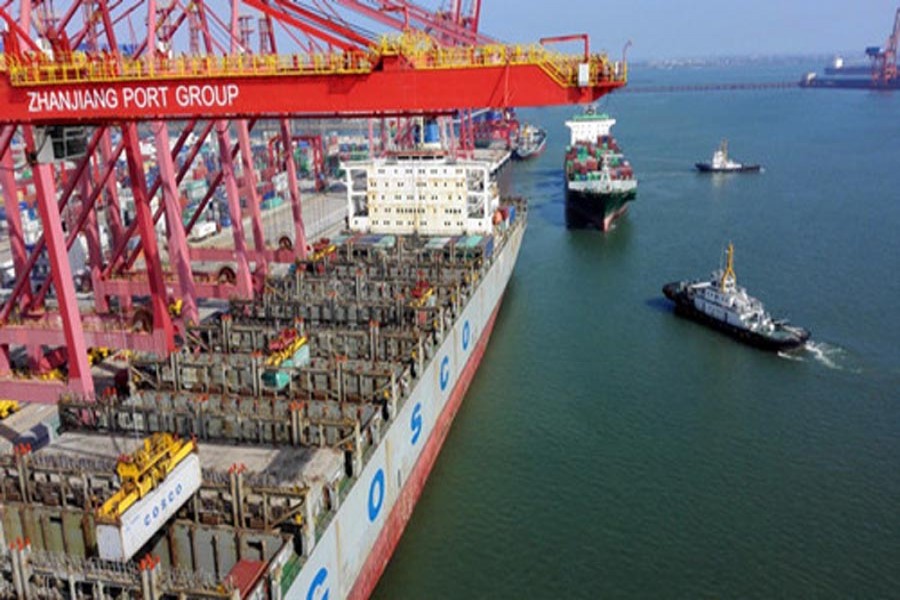KATHMANDU, Sept 21: China has granted Nepal access to its land and seaports, top officials of the two countries announced earlier this month, ending the landlocked Himalayan nation's dependence on India for trading routes.
Nepal can use four seaports in Tianjin, Shenzhen, Lianyungang and Zhanjiang and three dry ports in Lanzhou, Lhasa and Xigatse in China, according to the protocol on transport and transit agreements finalised on September 6 in Kathmandu, according to a report by Al Jazeera.
"Nepal and China have agreed on transit protocol. Now Nepal can use border points and routes as per our needs. This is a matter of exceptional happiness for us," Nepalese Prime Minister Khadga Prasad Sharma Oli tweeted on September 8.
Under Oli's previous stint as prime minister, Nepal, which conducts two-thirds of its trade with India, turned to China following the months-long border blockade imposed by New Delhi in late 2015.
Capitalising on anti-India sentiment that deepened in the wake of the blockade, Oli visited Beijing in March 2016, where Kathmandu signed the historic trade and transit treaty, hailed as a "turning point" in bilateral relations between the two neighbours.
While Nepal faces challenges in upgrading its infrastructure along the Chinese border, which lies in some of the most difficult terrains in the world, analysts say the deal could be transformative, helping advance Nepal's international trade.
This is a huge deal not only for Nepal but also for China. The Chinese wanted to move ahead with the protocol not just to expand their businesses, but also out for their security concerns in the Tibetan region," said Purna Basnet, chief editor of Nepal Khabar website.
"Nepal also wanted to send a message to India that it has an alternative. The deal has boosted the confidence of Nepal's ruling class," he told Al Jazeera.


